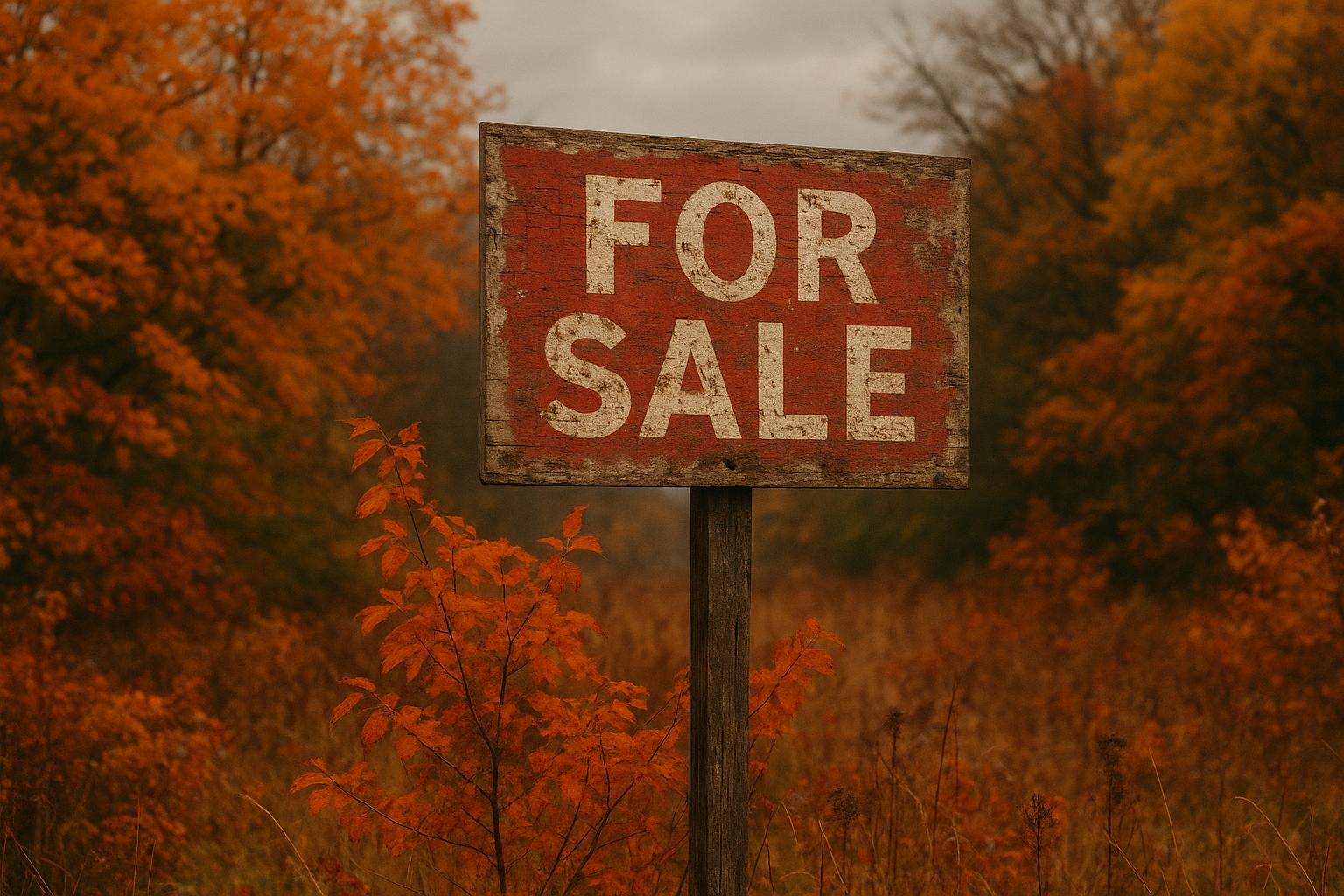Homeowners in Britain who sold their properties over the past 18 months have enjoyed substantial capital gains, with the average gross profit estimated at £72,000 according to analysis by Zoopla. This translates to a 38% increase on the original purchase price for most sellers, who typically spent around nine years in their homes before selling. These figures underline the sustained house price inflation that many owners have benefited from, though this trend is now expected to moderate going forward.
Detailed data from Zoopla shows regional variations in these gains. London sellers reported the highest average gross profits at around £130,000, representing a 35% increase, while those in Scotland saw more modest increases of £37,200, or 24%, after an average six-year tenure. Other regions such as the South East and East of England also, on average, saw gains upwards of 35% on their initial purchase prices. The type of property also influenced returns, with detached houses yielding the largest average gains—£122,500 or 45%—compared to flats, which made a more modest gross profit of £27,000 or 15%.
Richard Donnell, Zoopla’s executive director, cautioned that these historic levels of price inflation are unlikely to be replicated soon, as recent years have seen lower annual price increases. He also highlighted changing market dynamics, noting that the highest stock of homes for sale in over seven years is giving buyers more choice and putting pressure on sellers to price realistically. Houses that attract limited interest and require price reductions tend to stay on the market longer, sometimes up to twice as long.
Supporting this, Zoopla found that in 2024 the average time properties spent on the market in England and Wales was 36 days, with over half selling within two months of listing. In Scotland, markets moved even more swiftly, with properties typically selling within 21 days, and Falkirk emerging as the fastest-moving market with an average sale time of just 15 days. These faster sales contrast with the extended home tenure times seen in the ownership data, suggesting that while people tend to live in their homes for many years, once they decide to sell, transactions can occur relatively quickly.
The broader market context includes a rebound in house prices across the UK in 2024, with around 15 million homes increasing in value by at least 1%. The average increase among those homes was £7,600, and nearly seven million properties saw price rises of £10,000 or more. However, this growth is not uniform, as about 9.2 million homes still experienced price drops, illustrating the uneven nature of the UK housing market recovery.
Market sentiment is currently tempered by uncertainty related to potential policy changes. Speculation about the introduction of an annual property tax on homes valued over £500,000 and possible capital gains tax on high-value sales is causing some buyers to adopt a cautious "wait and see" approach. Chancellor Rachel Reeves is reportedly considering these measures as replacements or supplements to existing taxes like stamp duty, which could significantly impact buyer and seller behaviour, particularly in London and the South East, where property values tend to be highest.
This regulatory uncertainty intersects with regional differences in market conditions. While northern England and Scotland experience tighter supply and stronger price growth, London and the South East have seen an oversupply of homes and slower market activity. For many homeowners considering selling, the decision hinges on personal circumstances and local market conditions, with average UK house prices having risen modestly by about 2.8% year-on-year to around £270,000 as of September 2025.
In summary, sellers in Britain have generally reaped healthy profits on their property investments over the recent period. However, evolving market supply, shifting buyer behaviour, and looming tax reforms suggest that future gains may be more limited and the current environment calls for greater caution and realistic pricing strategies.
📌 Reference Map:
- Paragraph 1 – [1], [2], [7]
- Paragraph 2 – [1], [2]
- Paragraph 3 – [1], [3], [4]
- Paragraph 4 – [5], [7]
- Paragraph 5 – [6], [7]
- Paragraph 6 – [7], [6]
Source: Noah Wire Services
